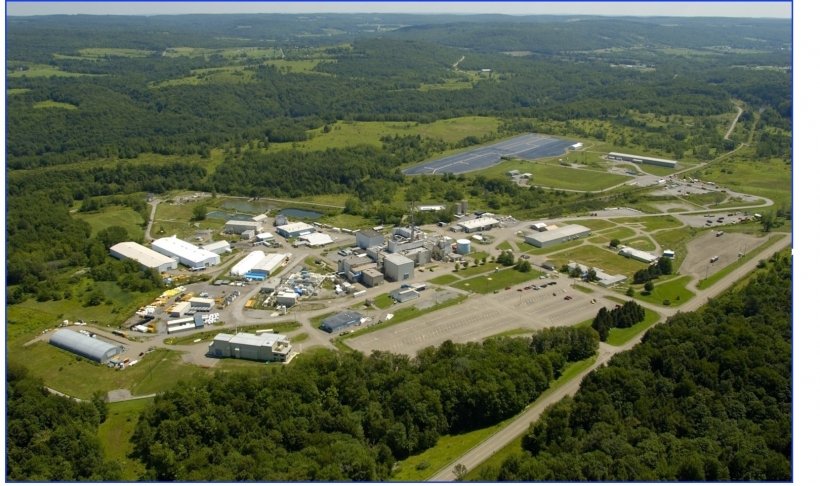Why it matters: Often referred to as “forever chemicals” due to their persistence in the environment, PFAS are a group of several thousand chemicals made for use in consumer and industrial products. According to the National Institute of Environmental Health Services, multiple health effects associated with PFAS exposure have been identified and are supported by different scientific studies.
Because of concern over the health effects of the chemicals and increasing regulation, PFAS have become a complicating factor in the decommissioning and environmental remediation of nuclear facilities and legacy sites.
The action: The EPA said the final rule, which is to be published soon in the Federal Register, will address PFOA and PFOS contamination by enabling the investigation and cleanup of the chemicals and ensuring that leaks, spills, and other releases are reported. The rule follows the Biden administration’s setting of legally enforceable standards for PFAS levels in drinking water, announced on April 10.
In addition to the final rule, the EPA is issuing a separate CERCLA enforcement discretion policy that states that the agency will focus enforcement on parties who significantly contributed to the release of PFAS chemicals into the environment, including parties that have manufactured PFAS or used PFAS in the manufacturing process, federal facilities, and other industrial parties.
The details: Under the rule, entities are required to immediately report releases of PFOA and PFOS that meet or exceed the reportable quantity of one pound within a 24-hour period to the National Response Center and state, tribal, and local emergency responders. The designation of PFOA and PFOS as hazardous substances under CERCLA enables the agency to compel polluters to pay for or conduct investigations and cleanup.
The rule also means that federal entities that transfer or sell their property must provide notice about the storage, release, or disposal of PFOA or PFOS on the property and guarantee that contamination has been cleaned up or, if needed, that additional cleanup will occur in the future. It will also lead the Department of Transportation to list and regulate these substances as hazardous materials under the Hazardous Materials Transportation Act.









